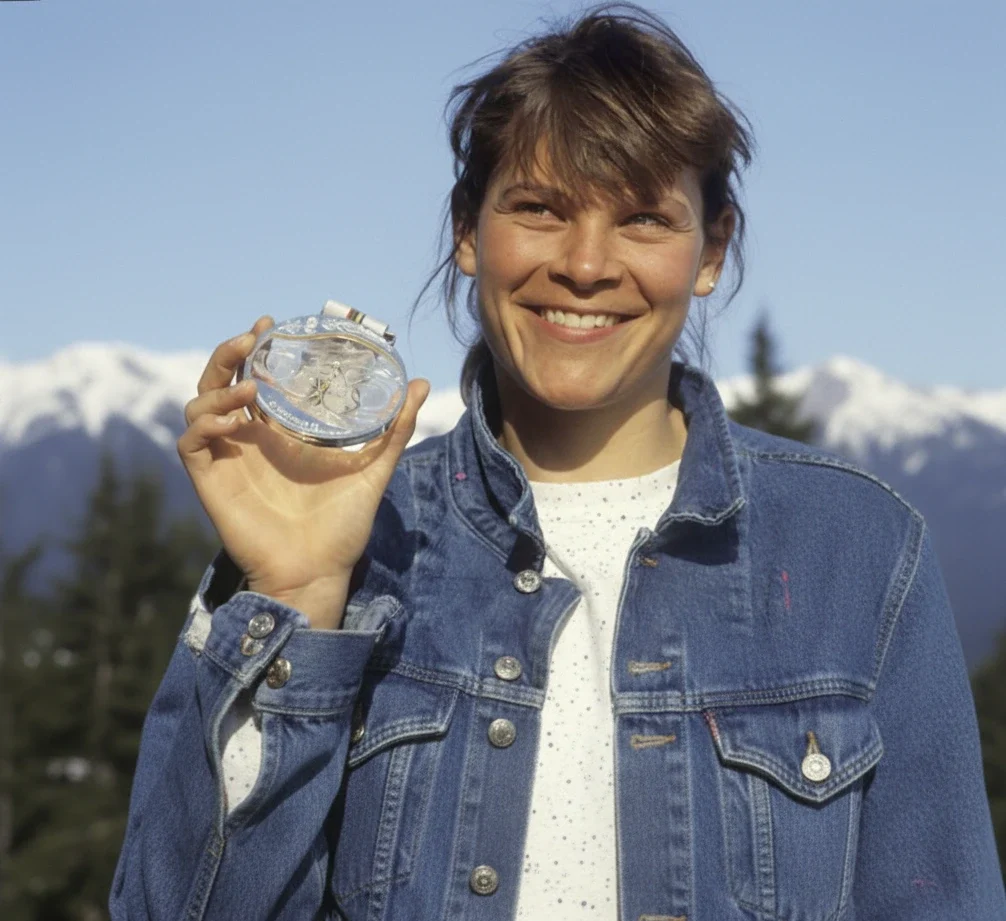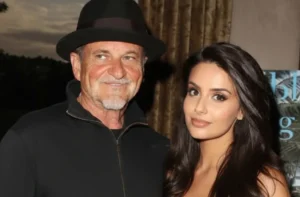🎿 From Juneau’s icy slopes to Olympic glory, she turned a childhood passion into a legacy that still inspires skiers across generations.
When it comes to American skiing legends, few names command as much respect as Hilary Lindh. Known for her Olympic silver medal, World Championship gold, and remarkable journey from Alaska’s wilderness to the global stage, her story is a blend of courage, precision, and purpose.
Quick Facts About Hilary Lindh
| Category | Details |
| Full Name | Hilary Kirsten Lindh |
| Born | May 10, 1969 – Juneau, Alaska, U.S. |
| Profession | Former Alpine Skier, Environmental Scientist |
| Height / Weight | 5’9″ (175 cm) / 68 kg (150 lbs) |
| Olympic Medal | Silver (1992 Albertville) |
| World Championships | Gold (1997 Sestriere) |
| World Cup Wins | 3 |
| Retirement Year | 1997 |
| Education | B.Sc. Biology, M.Sc. Conservation Ecology |
| Current Role | Environmental Manager & Ski Coach |
Hilary Lindh Early Life: Growing Up in Alaska’s Snowy Frontier
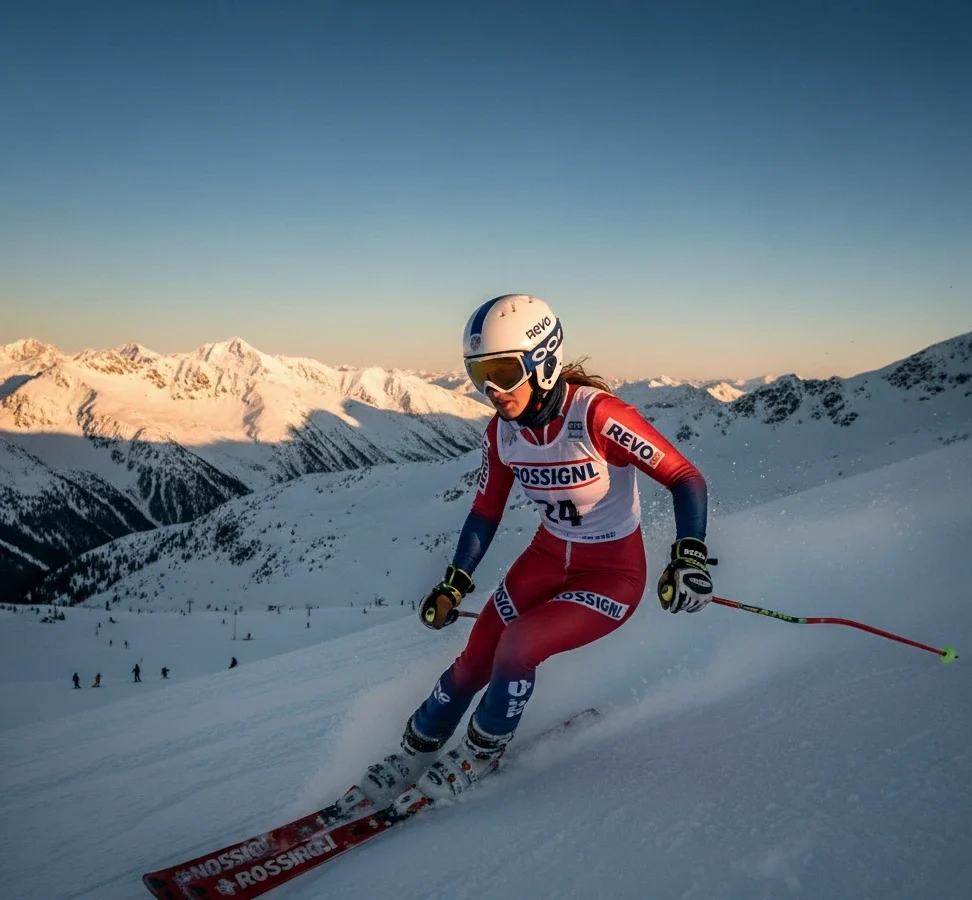
Hilary Kirsten Lindh was born on May 10, 1969, in Juneau, Alaska, a place where snow isn’t just weather, it’s a way of life. Her introduction to skiing began at just seven years old at Eaglecrest Ski Area, a small local hill that would soon become her training ground.
Hilary Lindh’s family background:
- Grandfather Robert Boochever, a U.S. federal judge.
- Grandmother Connie Boochever, an influential Alaskan arts advocate.
Despite her family’s prominence, young Hilary was drawn to the quiet thrill of the slopes. She often said that the mountains taught her discipline long before formal competition did.
💬 “There’s nothing I would rather have been doing than skiing. It was my whole world,” she once recalled.
By her early teens, Alaska’s skiing prodigy was already dominating junior races, a preview of the global champion she would become.
Hilary Lindh’s Rise: From Junior Champion to World Stage
At just 14 years old, Hilary left Alaska to train at Rowmark Ski Academy in Salt Lake City, Utah. The transition from small-town slopes to elite training was tough, but her dedication stood out.
In 1986, she made history by winning the World Junior Championship in Bad Kleinkirchheim, Austria, a clear message that an Alaskan skier had arrived on the international scene.
That same year, she joined the U.S. Ski Team, marking the official start of her professional career.
Hilary Lindh Receiving Olympic Silver Medal: The Moment That Defined Her Career
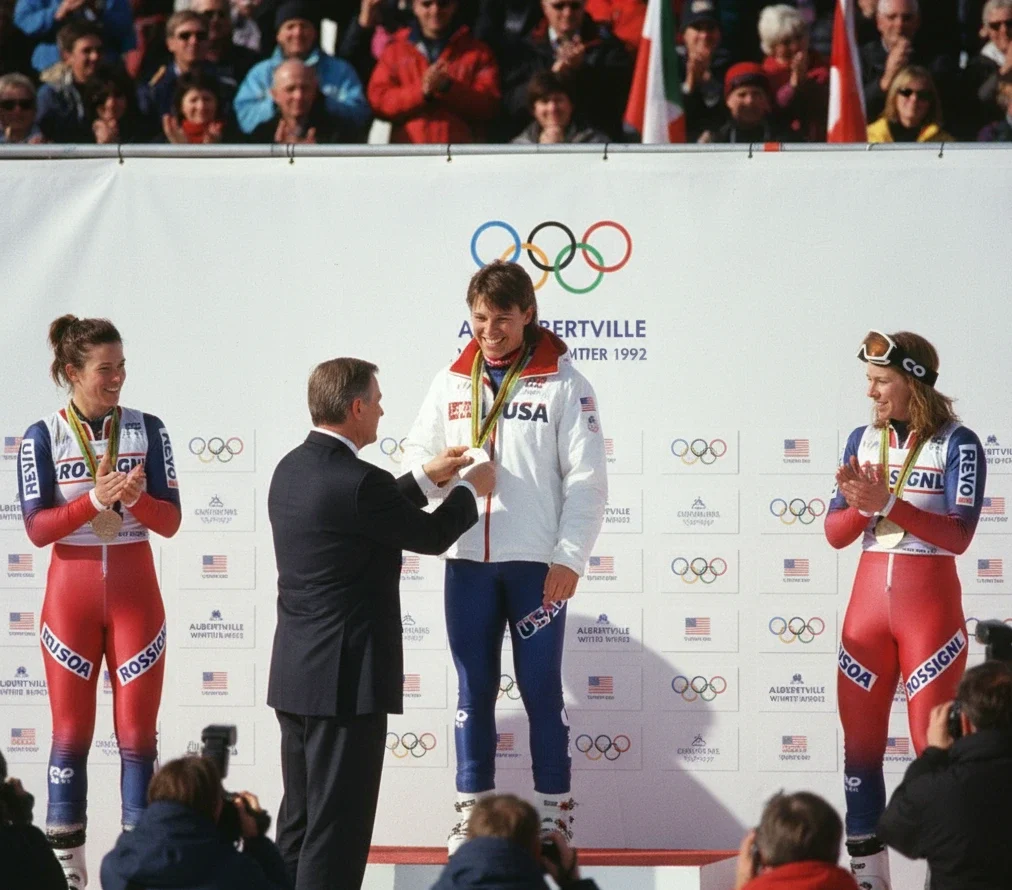
The 1992 Winter Olympics in Albertville, France, changed everything. On one of the most challenging downhill courses ever designed, Hilary raced fearlessly, finishing just 0.06 seconds behind gold to win the Olympic silver medal for the United States.
Her performance made her the first Alaskan-born woman to win an Olympic medal in skiing.
🏅 “It was about more than medals,” she later said. “It was about proving that I belonged among the best.”
Hilary Lindh Achievements and Career Highlights
Her Olympic success opened the floodgates for a career packed with victories.
Her Major Achievements:
- 🥈 Olympic Silver Medal – 1992, Albertville
- 🥇 World Championship Gold Medal – 1997, Sestriere, Italy
- 🌍 3 FIS World Cup Victories and multiple podium finishes
- U.S. Downhill Champion – Multiple years
- 🏔️ Inducted into the U.S. Ski & Snowboard Hall of Fame – 2009
Each win reinforced her reputation as one of the most consistent and fearless downhill skiers of her generation.
Hilary Lindh Height and Weight
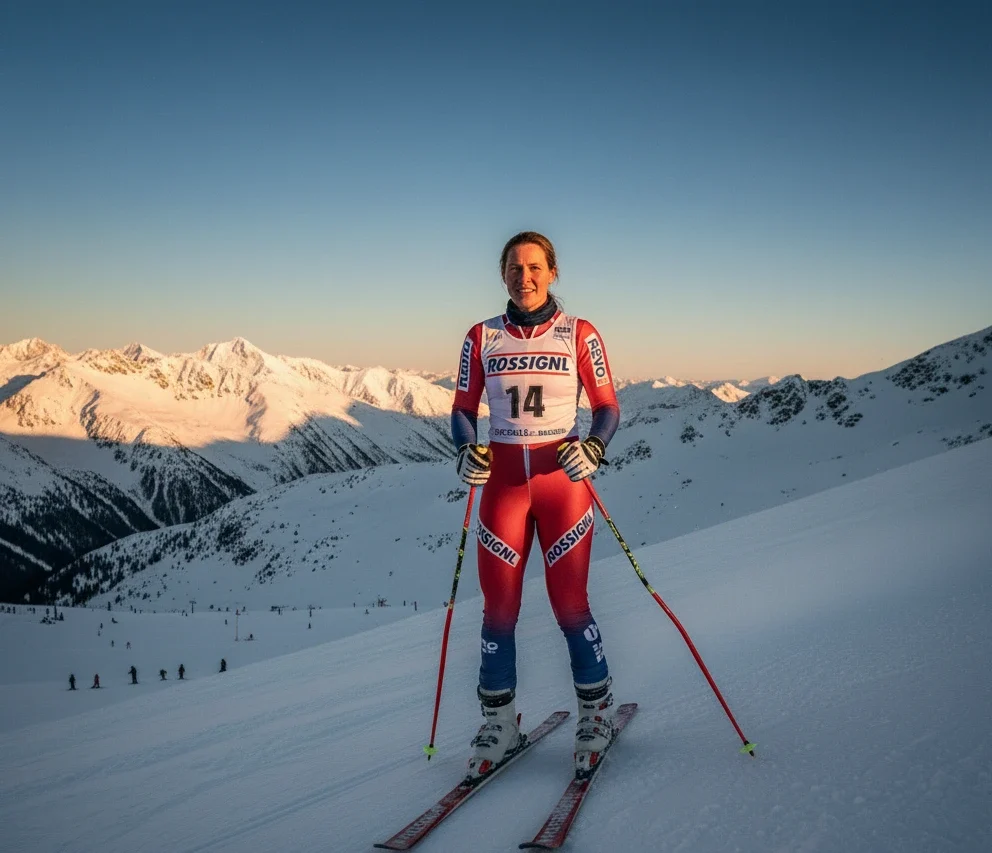
Standing at 5 feet 9 inches (175 cm) and weighing around 150 lbs (68 kg), her height and weight gave her the perfect blend of agility and stability, crucial traits for maintaining control on icy downhill tracks exceeding 80 mph.
Hilary Lindh Retirement: From Ski Slopes to Science
In 1997, at the peak of her career, she retired from professional skiing, a decision that surprised many. But for Hilary, it was a chance to explore new mountains: academia and environmental science.
She earned a B.Sc. in Biology from the University of Utah and later an M.Sc. in Conservation Ecology from the University of British Columbia.
Today, she applies the same discipline that drove her skiing success to her work in wildlife biology and environmental management, including roles in Alaska’s Department of Transportation and Yukon’s environmental sector.
💬 “The mountains taught me resilience. Science lets me protect them,” she said in a later interview.
Hilary Lindh Legacy: Alaska’s Trailblazer in Olympic History
Even after retirement, her legacy continues to inspire. As one of the few Alaskan female athletes to earn an Olympic medal, she broke barriers for women in winter sports.
In 2016, she returned to her roots by joining the Flathead Valley Ski Education Foundation (FVSEF) in Montana, coaching young athletes and shaping the next generation of champions.
Her transition from skier to mentor demonstrates what true champions do: they keep lifting others long after their own victories.
Also Read: Sarah Palin Now: Net Worth, Dating Ron Duguay, 2025 Comeback & Controversies
Final Thoughts
From her early life in Alaska to the Olympic podium and her second career as a scientist and mentor, Hilary Lindh’s biography is a blueprint of passion and perseverance.
She is more than a skier; she is a reminder that greatness often begins in the most unlikely places.
🏔️ From Eaglecrest to Albertville, her journey remains an enduring symbol of what it means to chase greatness with grace.
FAQs
1. Who is Hilary Lindh?
She is a former American alpine skier from Juneau, Alaska, best known for winning an Olympic silver medal in downhill skiing in 1992.
2. What are Hilary Lindh’s major achievements?
She earned an Olympic silver, a World Championship gold, and three World Cup wins, making her one of the top U.S. skiers of the 1990s.
3. How old is Hilary Lindh?
As of 2025, her age is 56 years old.
4. When did Hilary Lindh retire?
She retired in 1997, transitioning into a career in environmental science.
5. What is Hilary Lindh doing now?
Hilary works as an environmental scientist and ski coach, mentoring young athletes and managing conservation projects.
6. What is Hilary Lindh’s family background?
She comes from a notable Alaskan family, including Judge Robert Boochever and arts advocate Connie Boochever.
7. Why is Hilary Lindh’s story important?
Her success proves that even athletes from small, remote regions can achieve global success with determination and focus.






